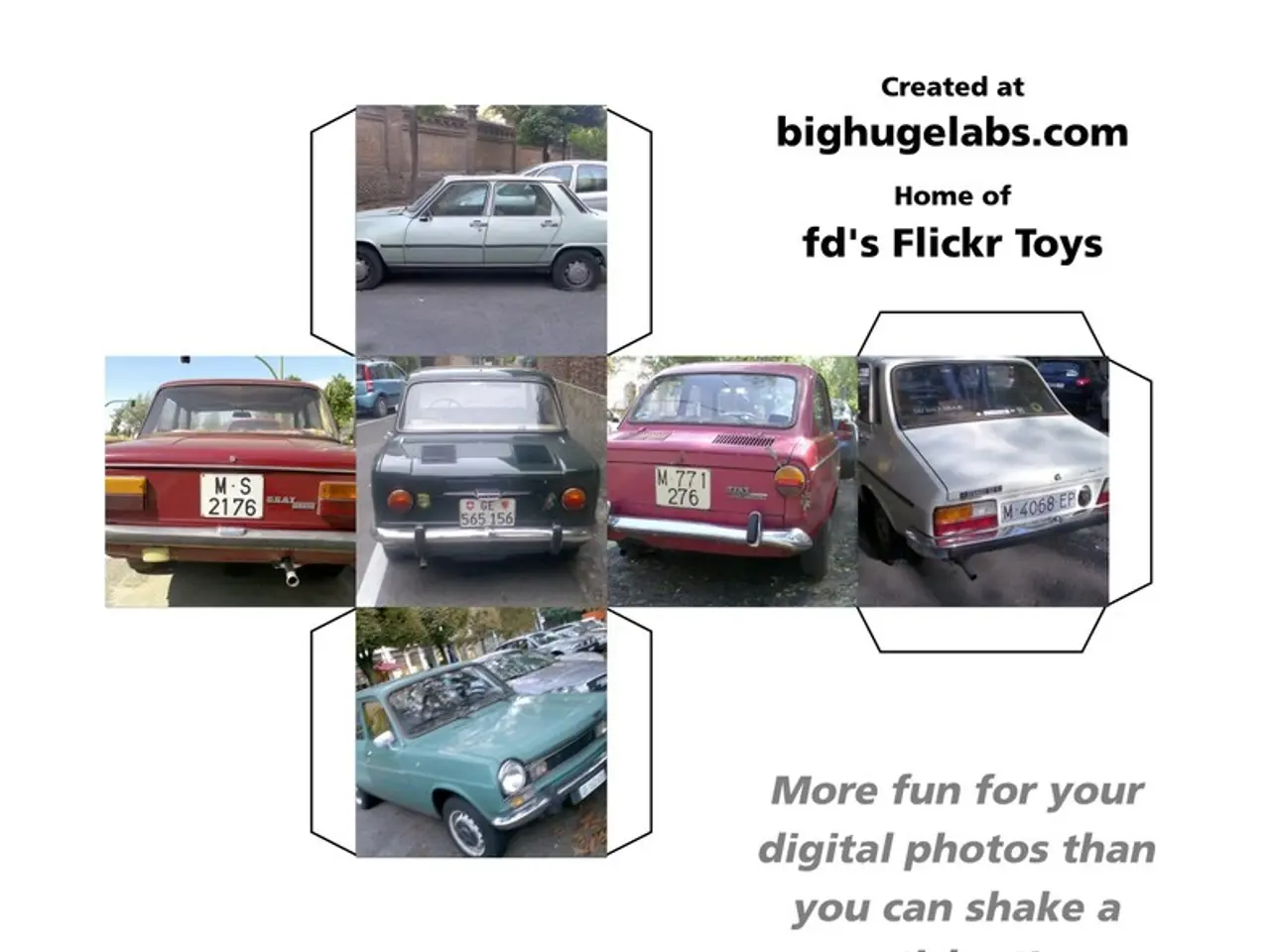"In 2025, we aim for 20% of light commercial vehicle sales to be electric"
In a bold move, automotive giant Stellantis has launched Pro One, a strategic initiative designed to secure global dominance in the Light Commercial Vehicle (LCV) market. The success of Pro One hinges on a comprehensive strategy with five key pillars: a robust and exceptional model range, zero exhaust emission propulsion, upfitting collaboration, customer experience enhancements, and connectivity services.
Stellantis' commitment to sustainability is evident in its development of hydrogen solutions for both mid-size and large van ranges, complementing its fully electrified vans. This diversified approach reflects the company's ambition to cater to various market needs and preferences.
The LCV sector contributes significantly to Stellantis' revenues, generating approximately €60 billion annually, with LCVs accounting for 40% of the company's total profit. Stellantis' success in this market is attributed to its multi-pillar strategy, affordability, and a product range that leverages the company's heritage and experience.
Affordability remains a critical factor in the LCV market, and competitiveness in pricing is key to success. Stellantis currently holds a 29% market share in Europe and leads in LCV electrification. The company's focus is on six of its brands: Citroën, Fiat Professional, Opel, Peugeot, RAM, and Vauxhall.
The future of LCVs depends on the industry's ability to deliver tailored products and services to individual customers in different regions. Stability in regulations and policy direction is essential for LCV manufacturers to make the right investments and help their customers. Increasing the range capacity of Electric Vehicles (EVs) is also necessary for success in the LCV market.
The industry should aim to transition from 'vans providers' to 'business partners', taking into account local and regional market specifics. Stellantis has established upfitting collaborations with both internal and external partners.
The battle with Chinese Original Equipment Manufacturers (OEMs) in the LCV market will be intense. However, Stellantis has secured leadership positions in South America, the Middle East, and Africa. The company offers connected services for fleet management on all LCVs, including eco coaching, predictive maintenance, and more.
Stellantis' model range includes an electric lineup with a range of up to 350-400 km on a single charge. Motivating the network to become a key differentiator with new competitors is important in the LCV market.
While the specific details of Stellantis' strategy for the truck market are not explicitly detailed, key elements of their approach include expanding hydrogen fuel cell technology for commercial vehicles, offering multi-energy propulsion options, and a focus on sustainable fuels like HVO diesel. This broad and flexible energy strategy reflects Stellantis' commitment to meeting the diverse needs of the LCV market.
Developing and launching a new LCV product is not a quick process, requiring long-term stability for effective investments. With Pro One, Stellantis is positioning itself for a sustainable and prosperous future in the LCV market.








